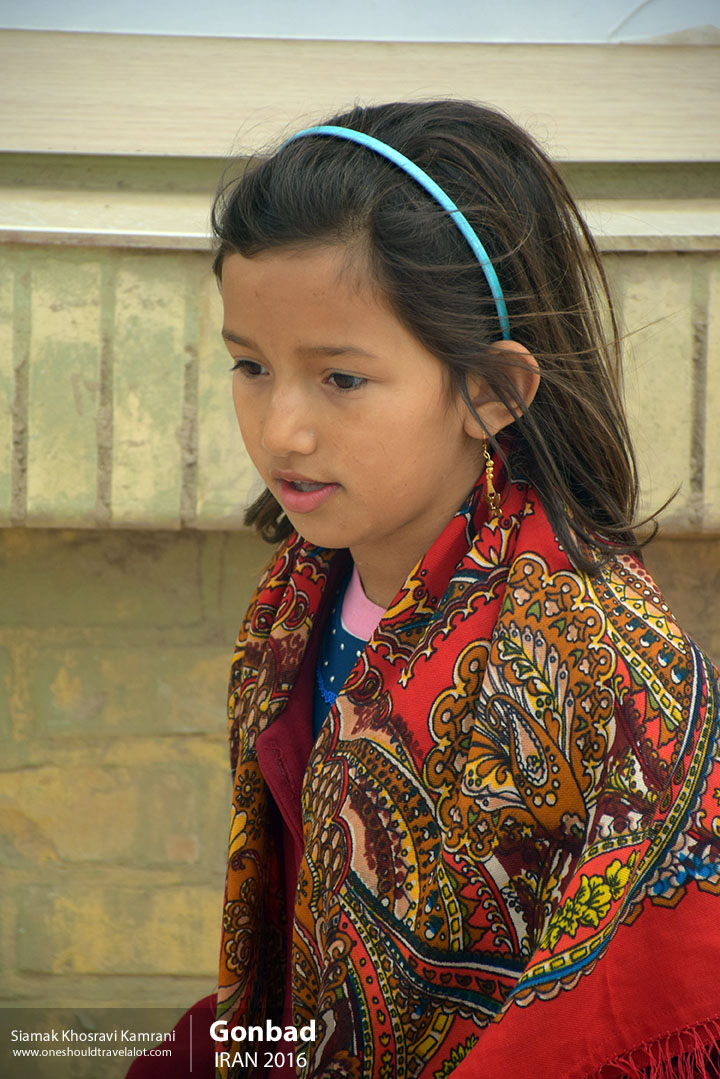Discovering Qom: A Journey Through Spiritual Serenity and Rich Culture
Arrival in Qom: A Photographer’s First Impressions
As I stepped off the bus into the heart of Qom, Iran, I felt a wave of tranquility wash over me. The city’s serene atmosphere was immediately palpable, a stark contrast to the bustling streets of Tehran from where my journey began. Qom, known as one of the holiest cities in Iran, is a place where spirituality and daily life intertwine seamlessly.
The Spiritual Heart: The Shrine of Fatima Masumeh
My first stop was the magnificent Shrine of Fatima Masumeh, a focal point for pilgrims from all over the Shia Muslim world. As a photographer, the shrine offered a feast for the eyes and the camera lens. The golden dome glistened under the sun, while the intricate tile work showcased an array of vibrant blues, greens, and golds. Capturing the devout prayers of the pilgrims, I felt a deep sense of respect for their faith and dedication.
The atmosphere around the shrine was charged with reverence. Men and women, dressed in traditional attire, moved purposefully, their whispers of prayers mingling with the call to prayer that resonated through the city. I spent hours photographing the shrine from various angles, each shot revealing a new layer of its architectural beauty.
The Streets of Qom: A Cultural Tapestry
Leaving the shrine, I wandered through the labyrinthine streets of Qom. The city’s streets are a living museum, with every corner telling a story. The bazaars buzzed with activity, vendors calling out their wares in melodic Persian. The air was thick with the scent of spices, fresh bread, and the occasional waft of rose water, a staple in Persian cuisine and culture.
I captured the daily life of the locals – a shopkeeper meticulously arranging his goods, a young girl with a brightly colored hijab laughing with her friends, and an elderly man sipping tea at a sidewalk café. Each face, each scene, added to the rich tapestry that is Qom.
A Glimpse into Traditional Qom
One of the highlights of my journey was visiting a traditional Qom home. The family, incredibly hospitable, welcomed me with open arms. Their home was a blend of simplicity and beauty, with carpets and cushions adorning the floor, and intricate Persian calligraphy decorating the walls.
We shared a meal of local delicacies – aromatic saffron rice, tender lamb kebabs, and an assortment of fresh herbs and yogurt. As we ate, they shared stories of their ancestors and the significance of Qom in their lives. The warmth of their hospitality and the richness of their traditions left a lasting impression on me.
The Language and Customs of Qom
In Qom, Persian (Farsi) is the dominant language, but the city also serves as a hub for scholars of Islamic studies, many of whom speak Arabic. As I interacted with the locals, I was struck by their politeness and the deep sense of respect embedded in their culture. From the courteous greetings to the elaborate rituals of serving tea, every gesture was infused with meaning and tradition.
The Educational Pulse of Qom: Hawza Seminary
Another fascinating aspect of Qom is its role as a center of Islamic education. The Hawza Seminary is one of the most important religious schools in the Shia Muslim world. As I explored the seminary, I encountered students deeply engrossed in their studies, their faces illuminated by the glow of knowledge and devotion. Photographing these young scholars, I felt like I was capturing the future custodians of a rich and ancient tradition.
Natural Beauty: A Visit to Jamkaran Mosque
A short drive from the city center took me to the Jamkaran Mosque, another significant religious site. Surrounded by the stark beauty of the desert, the mosque’s turquoise dome stood out against the clear blue sky. Pilgrims flock to this mosque every Tuesday night, believing that prayers offered here are particularly potent. The sight of thousands of people gathered in prayer under the open sky was a powerful and humbling experience.
The Contrast of Modernity and Tradition
Qom is a city where tradition and modernity coexist harmoniously. The city has modern amenities and infrastructure, yet it retains its traditional charm. I noticed this blend as I walked past modern stores and old bazaars, where the latest smartphones were sold alongside traditional Persian carpets.
The People of Qom: Faces of Faith and Resilience
The people of Qom left the most indelible mark on me. Their resilience, faith, and warmth were evident in every interaction. I photographed a group of young boys playing soccer in a dusty alley, their laughter ringing through the air. I captured the solemn faces of women in prayer, their devotion palpable. Each person I met added depth to my understanding of Qom and its unique place in the world.
A Photographer’s Reflection
As my time in Qom drew to a close, I reflected on the profound experiences I had gathered. The city, with its blend of spiritual significance, rich culture, and warm hospitality, had offered me a wealth of photographic opportunities. More than that, it had given me a deeper appreciation for the beauty of human faith and tradition.
Farewell to Qom
Leaving Qom was bittersweet. I had come to capture its essence through my lens, but I left with much more – a heart full of memories and a profound respect for its people and their way of life. As the bus pulled away, I knew that Qom had etched itself into my journey, a place of serene beauty and rich cultural heritage that I would carry with me always.



